Supermicro SYS-112C-TN Power Consumption
The server comes with two 1kW 80Plus Titanium PSU.
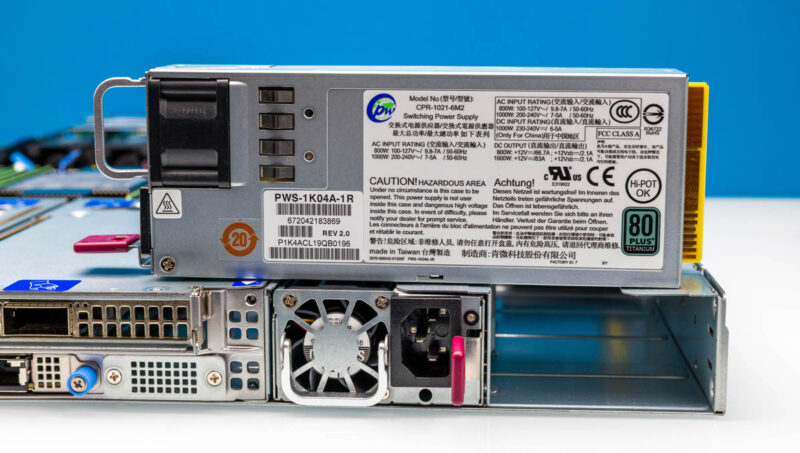
Looking at the package power consumption, we were seeing between 50-55W reported.
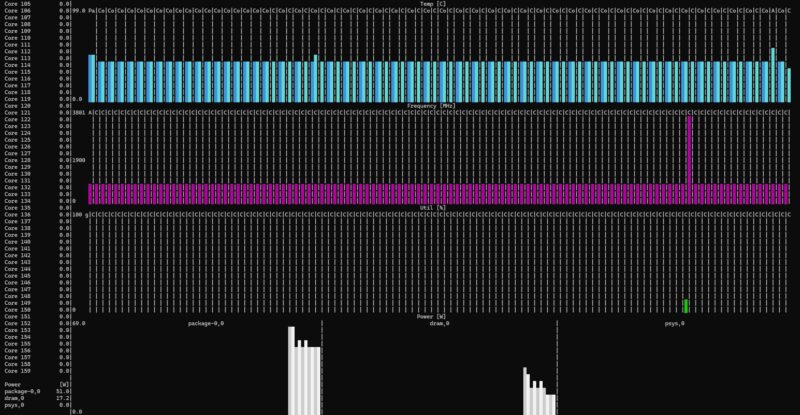
Something we thought was neat was that with a very significant configuration with two NICs, one 400Gbps NVIDIA ConnectX-7, 1TB (16x 64GB) of DDR5, over 200TB of storage, and the 80-core Intel Xeon 6781P, we were consistently idling below 95W in a 1U single-socket platform. That is very good compared with many of Intel’s recent platforms. For example, a 56-core Sapphire Rapids platform with 16 DIMMs installed and a 400Gbps NIC will not idle at under 100W.
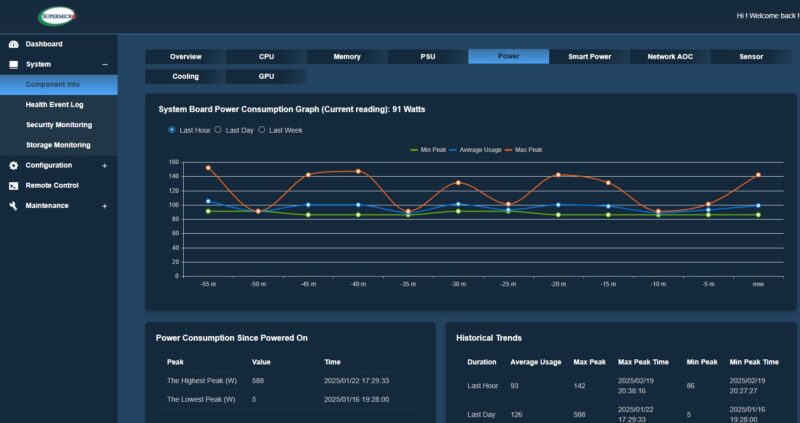
The Xeon package itself ran in the 340-350W range.
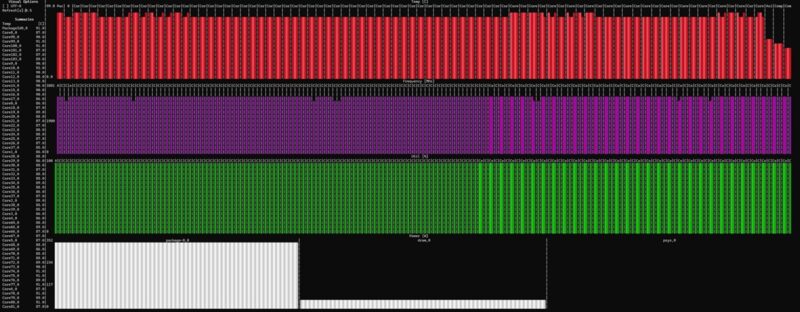
Under load, we got the system up to 588W, but when just loading the CPUs, we were closer to 470-495W, which included an extra ~1W per DIMM on the memory side when running this.
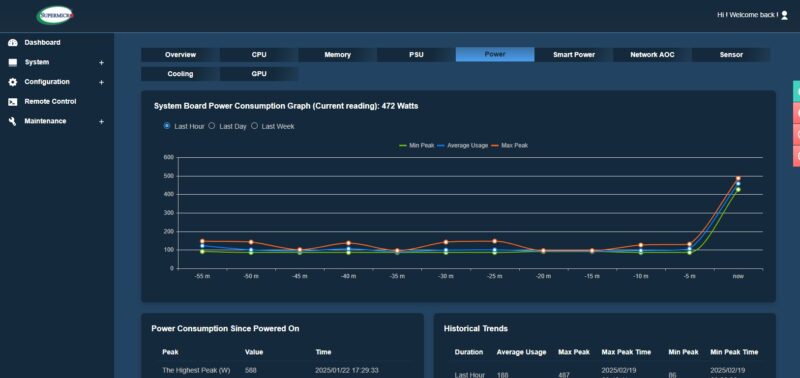
The Xeon 6 R1S server at 500W uses around 54% of the power of the dual Platinum 8380 server at the same core count. Even without the slew of new accelerators added with Xeon 6, it is faster. The single-socket Xeon 6 R1S also offers more than twice the PCIe bandwidth as the dual Xeon 8380. Getting more capability in around half the cost and half the power of 25-month-old top-end parts, is really neat.
STH Server Spider: Supermicro SYS-112C-TN
In the second half of 2018, we introduced the STH Server Spider as a quick reference to where a server system’s aptitude lies. Our goal is to start giving a quick visual depiction of the types of parameters that a server is targeted at.
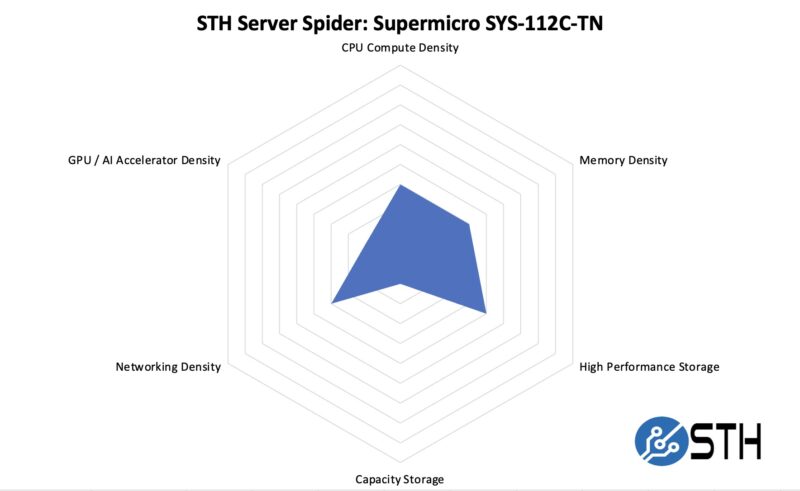
This is a really interesting system. It is not meant to be the densest since it is a single-socket platform. At the same time, it still offers a lot. Realistically, for someone upgrading from a 3rd Gen Intel Xeon or older system to this, it will involve no less than a 2:1 socket consolidation ratio. While it may not have the most SSDs in the configuration we tested, with PCIe Gen5 each SSD can have roughly four times the throughput of a 2021-era SSD. Likewise, it may not have the highest networking density potential, but with a 400Gbps NIC it has more bandwidth on that one port than a entire 1st and 2nd Gen Intel Xeon Scalable socket has in total PCIe bandwidth. It is all relative, and the new era of systems is much faster.
As a notable thought, we have been using this for years with “Capacity Storage” being there for 3.5″ drives. With modern 2.5″ SSDs in the 30.72TB to 122.88TB capacity range, it feels like the NVMe bays provide both capacity and performance so perhaps we will need to revisit the Server Spider.
Final Words
This is one of those platforms that I think many folks really should take note of. As server CPU TDPs have been increasing with every generation, many data centers simply cannot handle 1U servers that use over 1kW of power each. That, combined with new generations of CPUs that have even more connectivity make it more attractive to move to simpler single socket designs with more and faster I/O on the platform. If you ask server vendors, the single socket server market is growing. A big part of that is the density these platforms offer compared to older generations of servers.
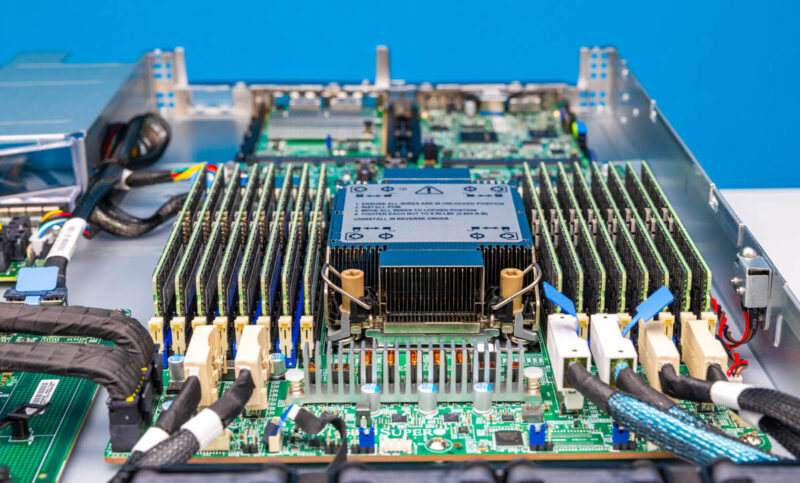
Within that trend of increasing single-socket server share, the Supermicro SYS-112C-TN is a well-designed platform that aligns to many OCP principles for cloud deployments.

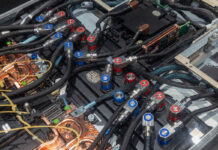
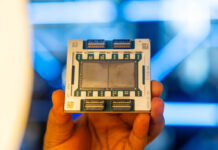

That server looks fun! I would love to see a birds eye view of the server.
Everything seems so small.
It’s not good old SM anymore, but some super-proprietary Dell/hp-like weird overpriced systems. It all started with that disgusting “To maintain quality and integrity, this product is sold only as a completely-assembled system”.
What’s going on with all the USB 2.0 in the block diagram? It looks like USB is routed through the DC-SCM for management, and then broken out to each of the MCIO connectors. I don’t even see a USB host controller coming out of the Intel SOC. This seems like a major shift, my guess is that USB 2.0 is being used as a control plane for CPLD and similar devices.
For a new system I feel like I’d be looking at SSG-122B-NE316R or ASG-1115S-NE316R with 16 EDSSD drives, instead of just 12 older 2.5″.
@Iaroslav – actually, this system isn’t proprietary. its the new DC-MHS form factor.